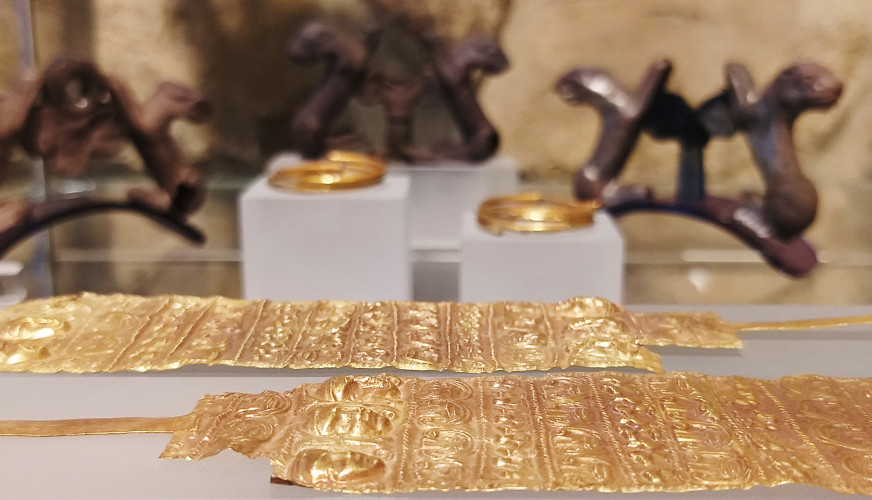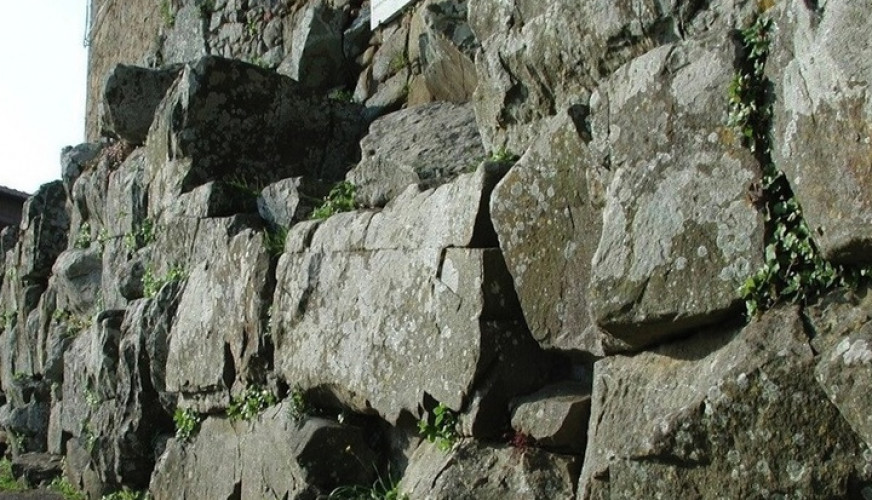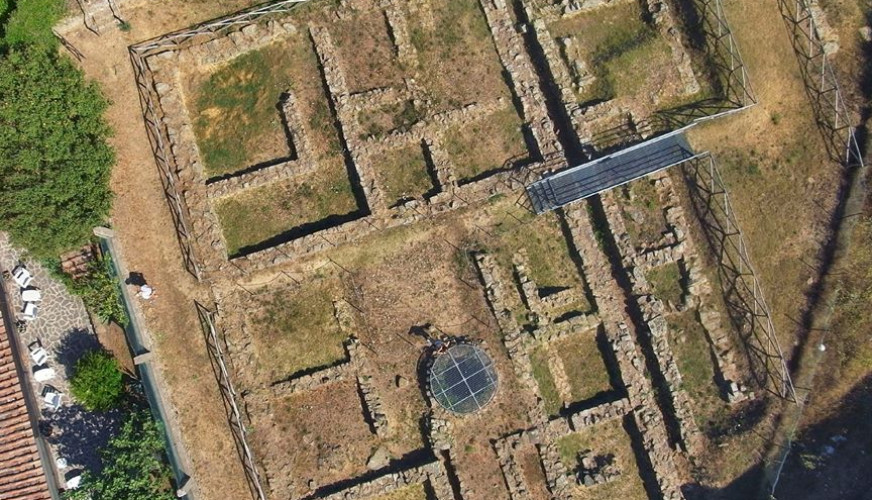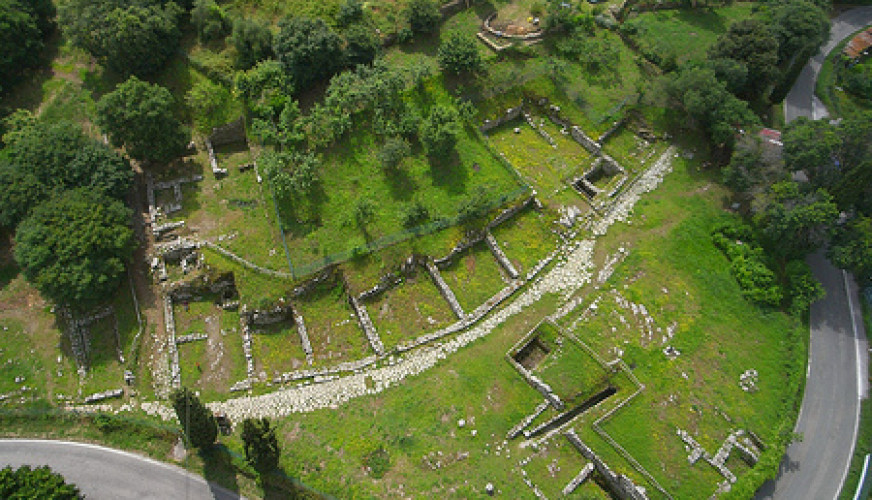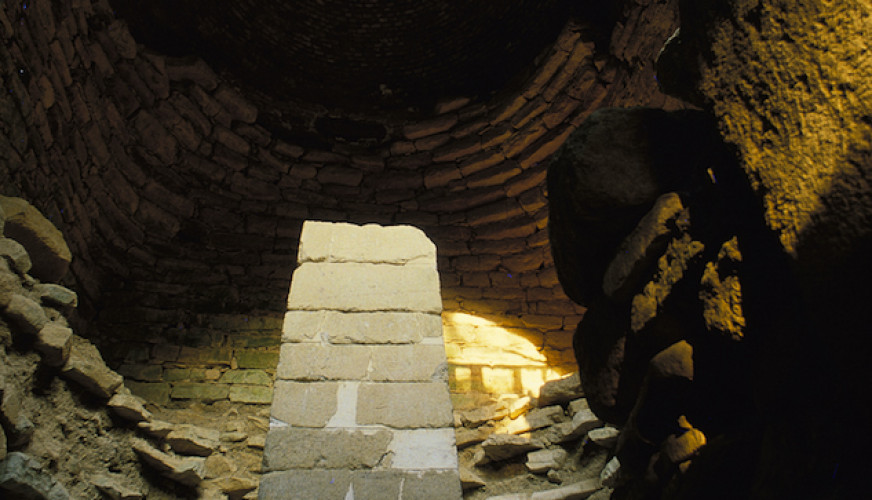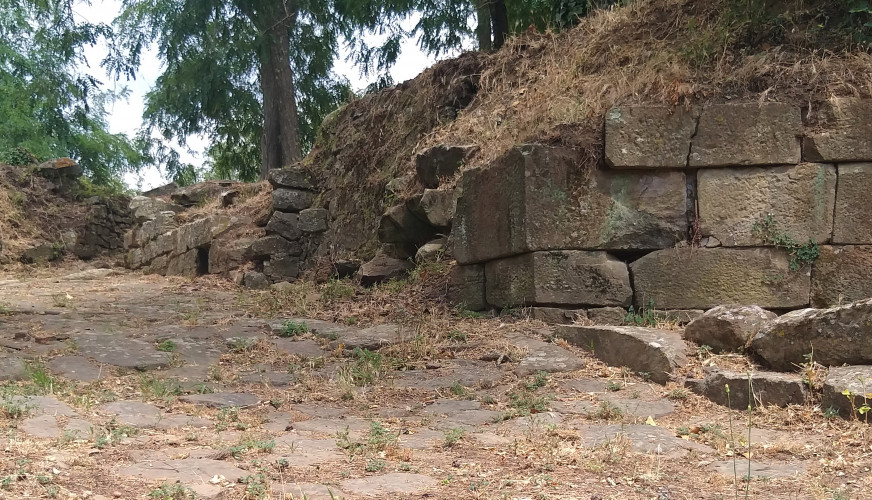Vetulonia
Tappa
Località
Vetulonia
The Etruscan Vatl, city of metal and gold.
You cannot pass through Vetulonia, as you must take the only road that climbs up the hill on purpose to get there. The village is now a “widespread archaeological area” that hides the traces of one of the most powerful cities in Etruscan times amidst its alleyways and vegetable gardens. To discover ancient Vatluna, you need to close your eyes and cancel out the image of the small village on the hill. In Etruscan times, we would have arrived at a real metropolis, with over 15,000 inhabitants, a city that didn’t at all seem like a hillside village, but was a marine and coastal city. Ancient Vatluna looked out, in fact, onto the huge Lake Prile, that covered the Grosseto plains as far as the eyes could see whose history is told in the Casa Rossa Ximenes Museum, and of which the Diaccia Botrona Nature Reserve, a precious oasis of biodiversity, is now the only surviving “fossil”. The ancient city, whose wealth and power was celebrated in the 1st century AD by Silius Italicus, was already founded in the Villanovan period (9th century BC) when its people, who had settled on one of the hills that stood over Lake Prile, ruled this huge coastal lagoon, on the annexed outlet to the sea and the inland area. They controlled the mining heart of this part of Tuscany, the Colline Metallifere, whose “talking” name tells the story of the underground wealth. A wealth rooted in the inland area, from where the metals were mined, but which looked to the open sea via the port on the shores of the lake, where the bronze ingots and items created in the city's workshops and other precious goods in amber and gold, started out on one of the most important Mediterranean routes.


